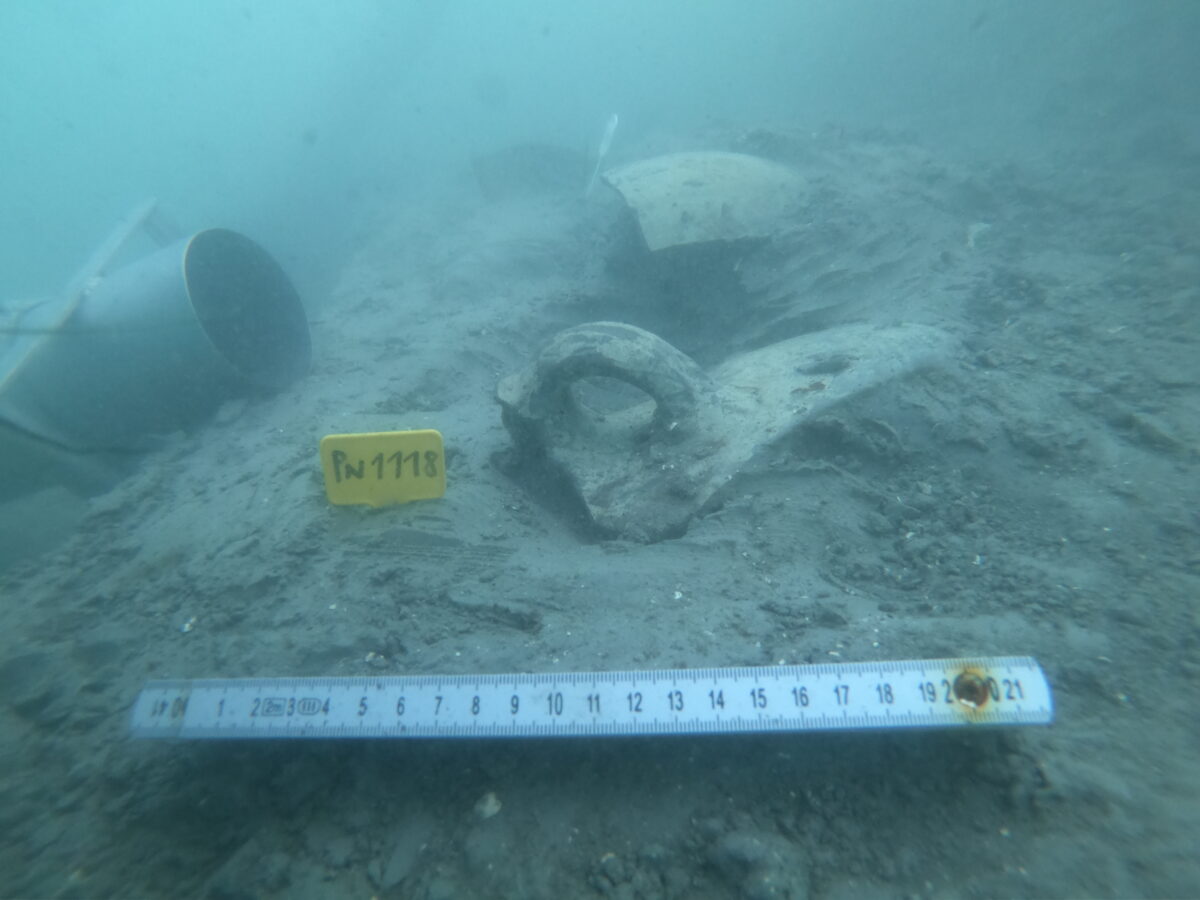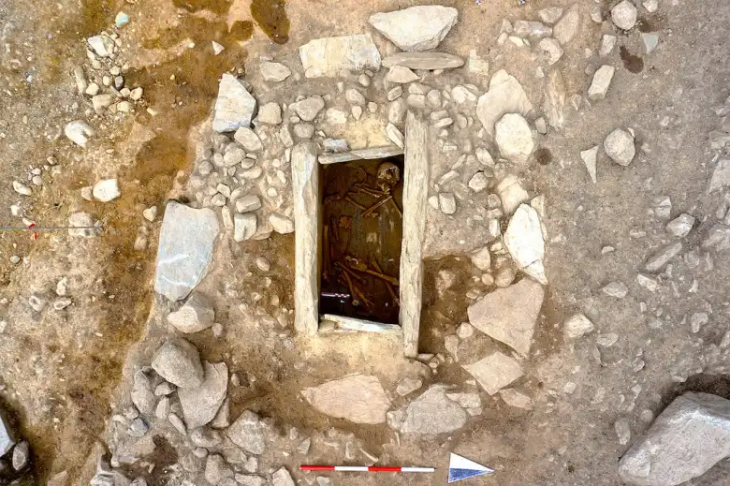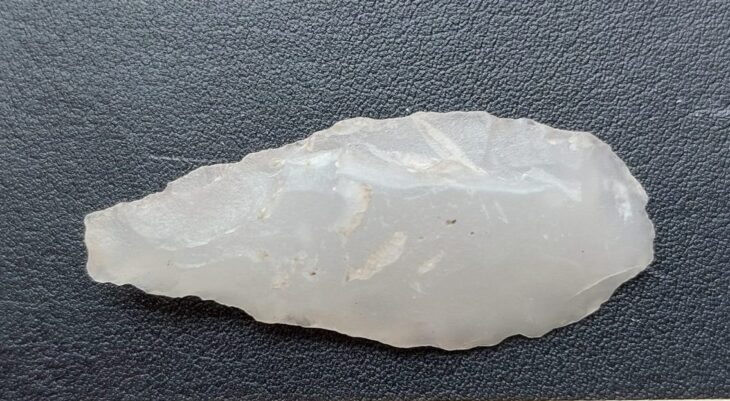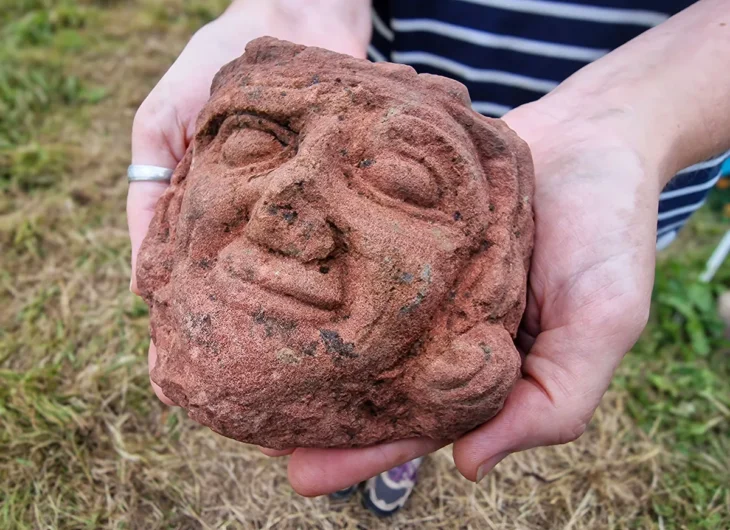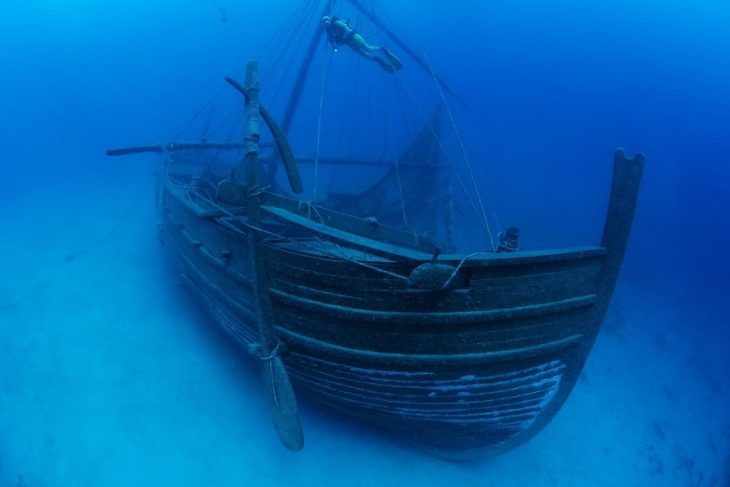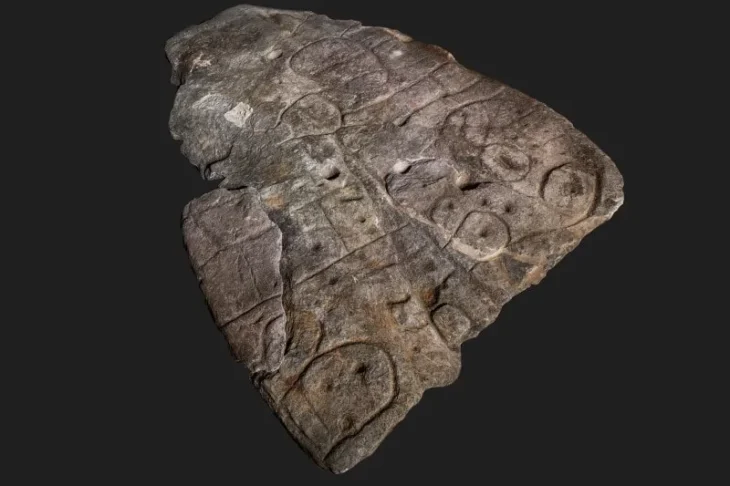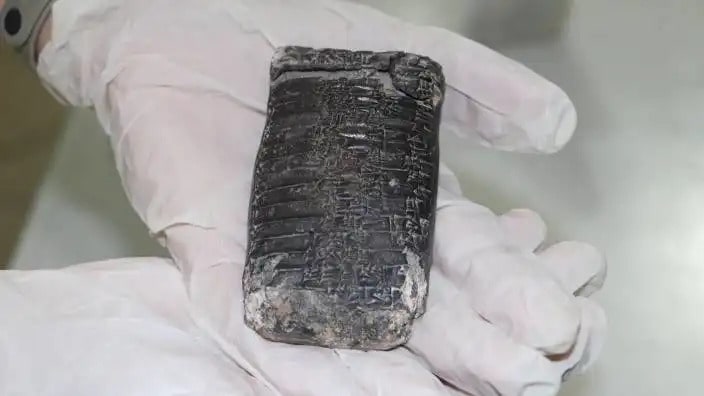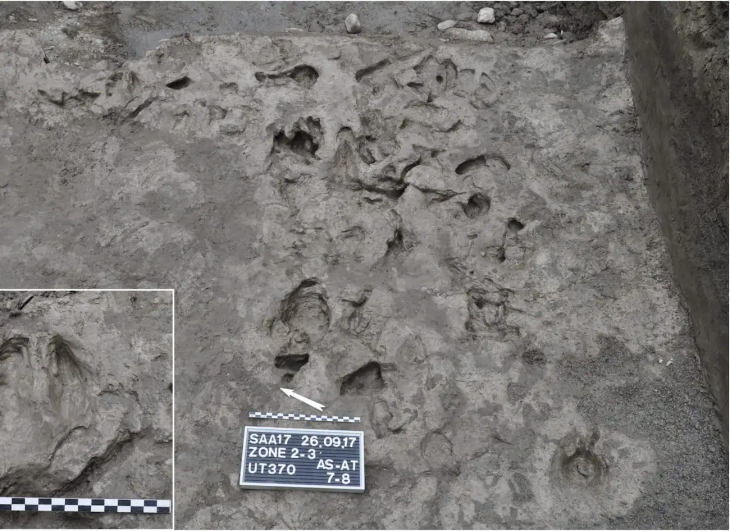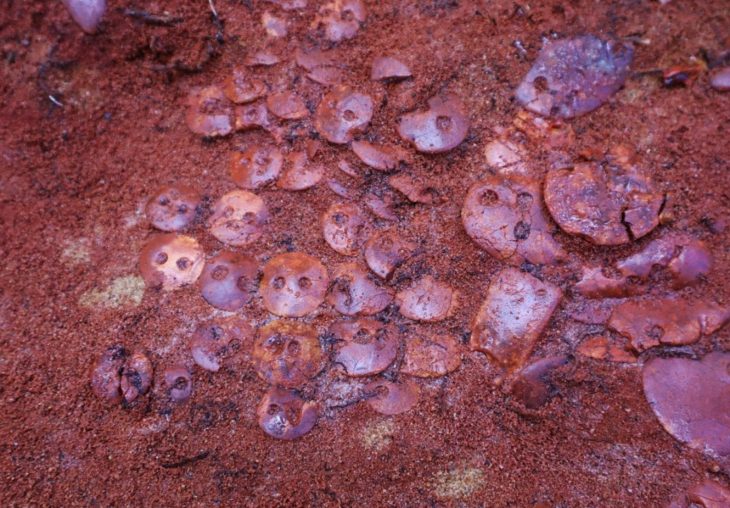Archaeologists from the Institute of Underwater Archaeology (ZAPA) have uncovered the remains of a submerged Roman harbor, off the coast of Portorož, Slovenia.
Portorož is a simple translation of the Italian name “Port of Rose”. The Italian name for Portoroz is explained by the fact that the Byzantine Empire controlled almost all of the Adriatic coast, including modern Portoroz and neighboring Piran, since VII. Portoroz owes its appearance to the Piran, where Illyrian settlements were based in prehistoric times, then until 178 BC the Celtic tribes lived there, and then it was captured by the Roman Empire.
Aside from the most recent discovery, two other Roman sites were previously discovered in the area. The first was discovered in 1998 and consists of the remnants of a settlement with a farm building near where there is now a gas station.
The second site is now below sea level. In 2004 and 2005, archaeologists investigated the foundations of an ancient fish farm. The remains of two ancient pools on the promenade next to the former salt warehouses can still be seen from above.
Divers have now found evidence of an ancient harbor, including masts, following the discovery of the remnants of an ancient settlement and a fish farm.
📣 Our WhatsApp channel is now LIVE! Stay up-to-date with the latest news and updates, just click here to follow us on WhatsApp and never miss a thing!!
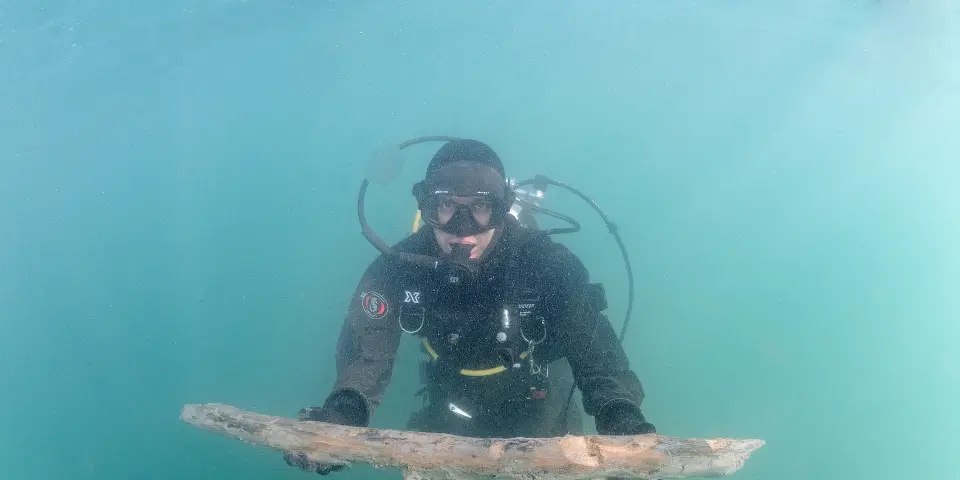
The Institute for Underwater Archaeology says the findings confirm the existence of a small harbor with a mooring and a wooden structure. Particularly important are the mast finds. The wooden structure found close to Bernardin Beach may have served as a breakwater or a means of boat access to the shore in the past.
“The findings so far show the majority are imported late antiquity pottery: amphorae, kitchenware and fine tableware,” the institute has told the Slovenian Press Agency.
In the Roman layers at the site, more than 3,000 ceramic fragments have been discovered. In addition to pieces of ceramic vessels, the site also yielded a sail element, a large number of wooden stakes and two pieces of different masts.
Dated between the 3rd and 4th centuries AD, the masts were probably in secondary use as a mooring for a vessel or as a supporting beam for a wooden structure.
The first mast was made of fir wood. The piece found is about one meter long and has an integrated oak pulley. The second mast is made of spruce wood and is about one and a half metres long.
According to the institute, findings of masts and sails from antiquity are extremely rare, and interpretations are primarily based on experimental archaeology and visual historical sources such as reliefs, statues, drawings, paintings, coin depictions, and mosaics.
“If the interpretations of the two Fizine elements are confirmed, these are unique examples on a global scale,” the researchers say.
Taking into account the finds from at least the last 20 years across the Mediterranean region, these are incredibly rare examples of ancient masts.
The wooden artifacts will be preserved with melamine resin at the restoration facility. All finds will be handed over to the Sergej Mašera Maritime Museum in Piran, which also keeps other finds from the Fizine area.
Institute of Underwater Archaeology (ZAPA)
Cover Photo: The Institute for Underwater Archaeology

